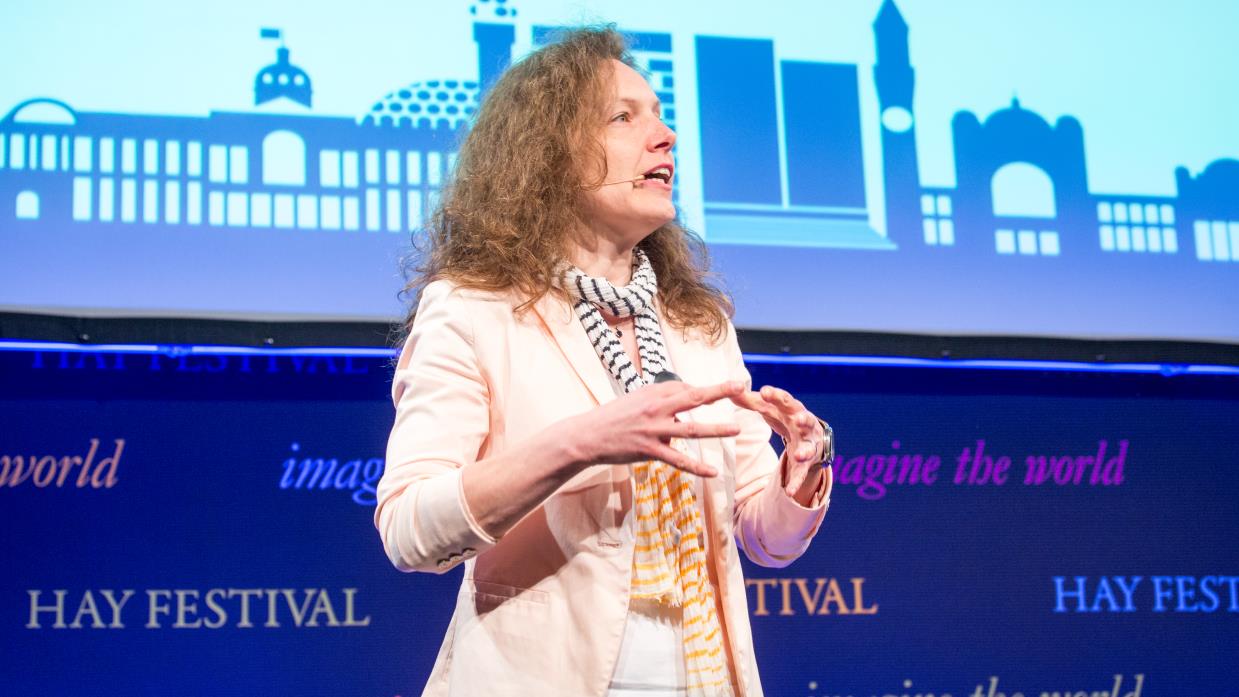
Michaela Mahlberg and Anna Cermakova of Birmingham University gave an historical analysis of gender inequality by looking at how men and women were portrayed in 19th-century children’s literature in comparison to the modern day.
They looked at how JK Rowling, in her hugely influential Harry Potter series, has helped to alter the connotations of the word ‘witch’, shifting its meaning to a more positive image.
Generally, both in present-day and 19th-century children’s books, men feature more prominently than women. (They treated gender as binary as that is how it was presented in the 19th century.
Mahlberg (pictured) and Cermakova explained why the issue of gender, and gender equality, is vital in children’s books as it shapes their understanding of the ‘real world’.
Mahlberg said, “You can have really influential fictional texts, and the accumulative effect of fiction changes, not only language but the experience that children can have.”
“The real world, and the language we use, and the fictional world are absolutely linked. What you can say in fiction is linked to what can happen in the real world.”
Photo by Chris Athanasiou
If you’re interested in Children’s literature, also see Jacqueline Wilson talk at 2:30 pm, 1 June. If you like watching Hay Festival events digitally, please sign up to the Hay Player for more from the world’s greatest thinkers.